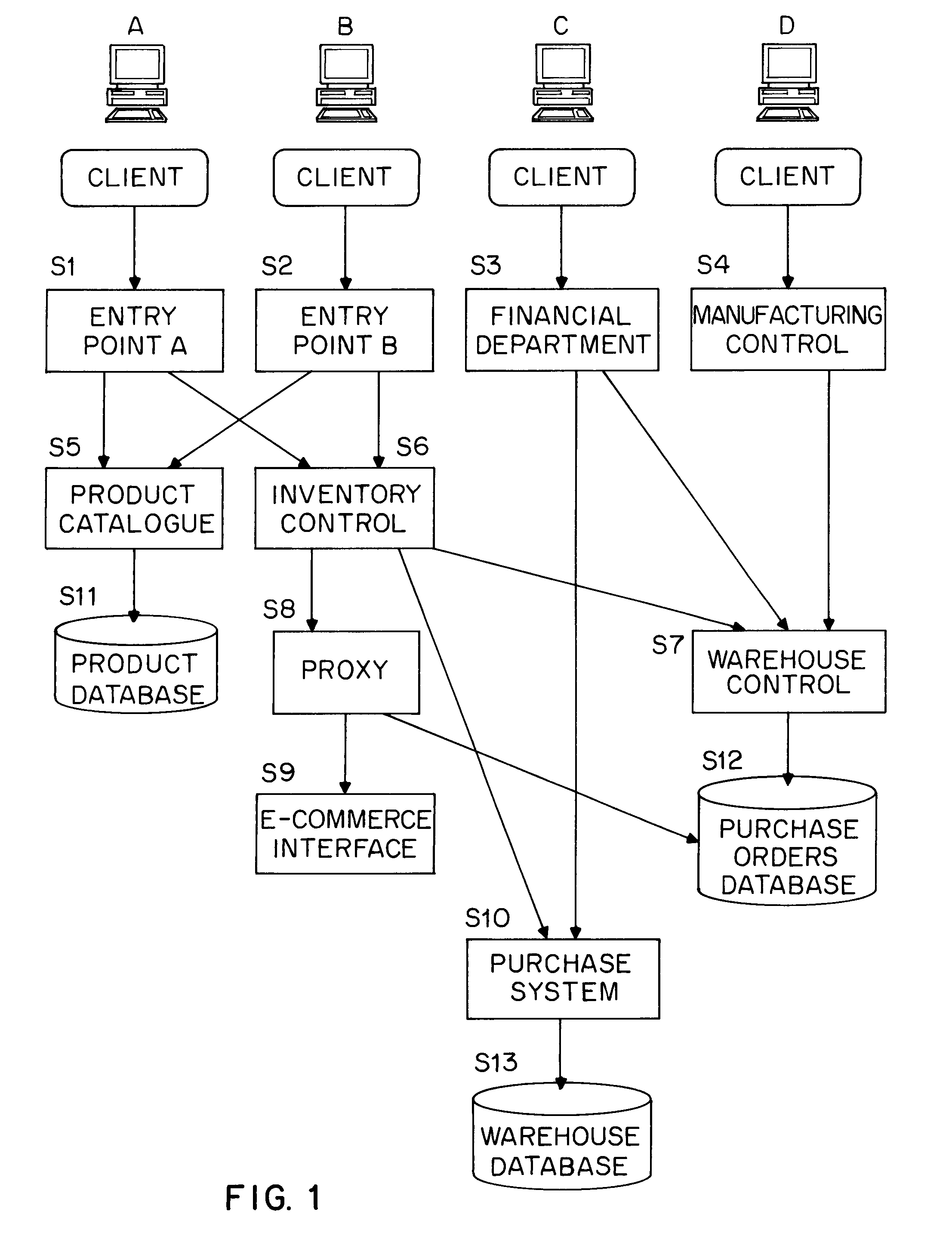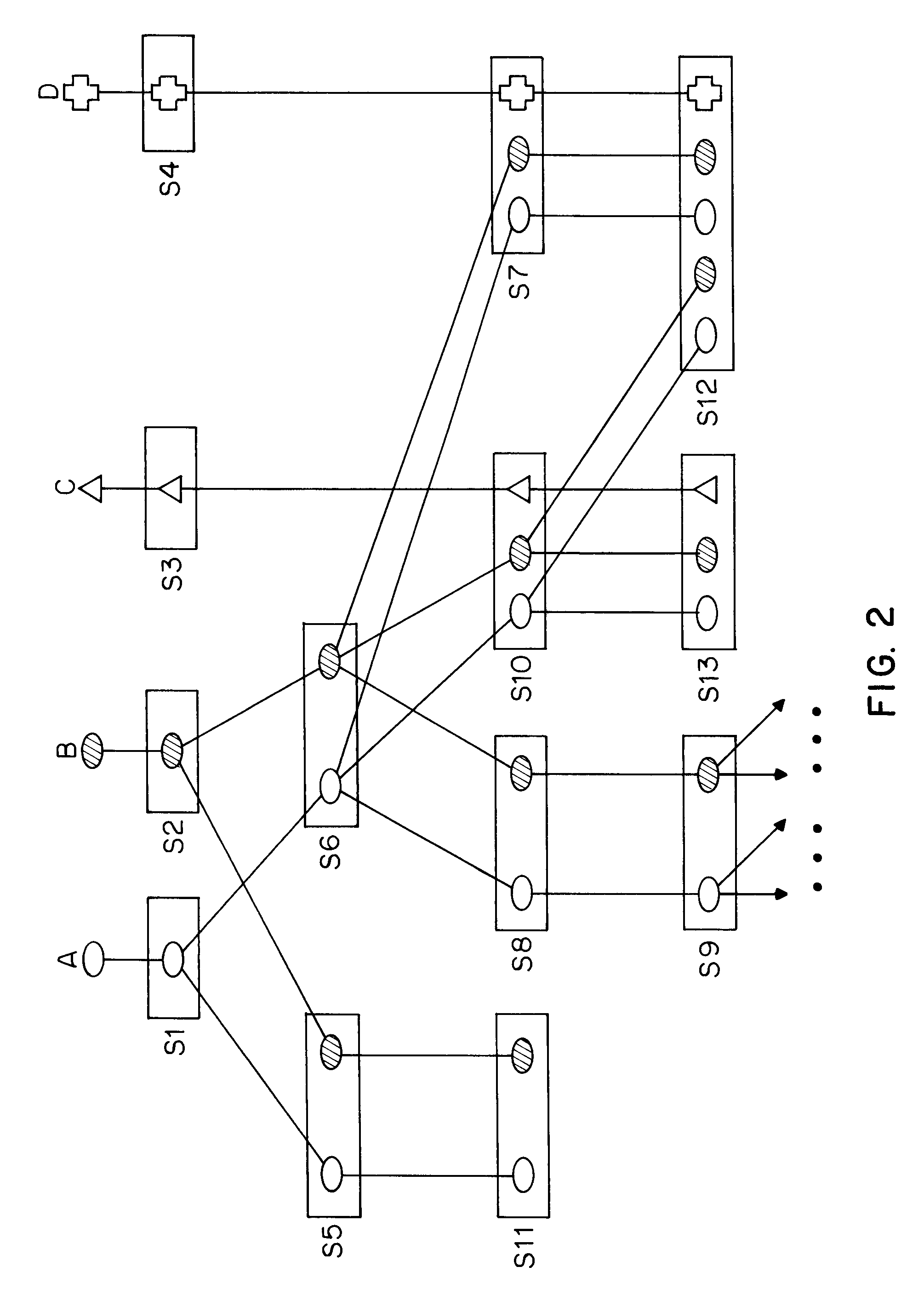Data management is not easy at all if there is no centralized monitor and if there is no enforcement of a static configuration of the components.
As it turns out, existing solutions in this area are far from ideal and are based on assumptions that might no longer be valid in many present-day systems.
The challenge is to design and implement an inherently decentralized and advanced transactional mechanism.
Finally, there is no reason why different remote service invocations within the same task should not be executed in parallel (where it is possible to do so), thereby minimizing response time.
However, as will become clear in the discussion that follows, hardly any of these desirable properties is feasible with existing solutions.
While this is fine for centralized systems, this model is not suitable for distributed architectures.
Thus, it seems inadequate to abort everything in a distributed computation simply because one server appears to be down at a given moment.
Yet this is what flat transaction technology implies, thereby losing a big opportunity to improve services by exploiting properties of distributed architectures.
However, it is more expensive in terms of messages exchanged and blocking is only avoided when no communication failures occur (which makes it impractical and expensive).
Delicate problems arise in case nodes fail, especially if the coordinator fails while some nodes are in-doubt.
Such a prior-art architecture does not favor decentralization.
However, when large-scale distribution is considered, it is not realistic to assume a central coordinating entity that manages transactions: if multiple information systems interact transactionally, then more than one transaction monitor will be involved, an example of which is shown in FIG. 5.
Nevertheless, irrespective of where or how it is done, information is lost in the process.
If both calls need to access the same data, the resource manager will block one of them, thereby deadlocking the execution.
The other option is that all transaction managers in the system use the same identifier for the work of the same client, but this is not usually how it works out.
This subtle but very limiting feature of current technology is due to the fact that existing systems are not required to recognize different parts of the same distributed transaction as one unit.
In distributed transaction processing, this problem is also known as the “diamond problem.” One might argue that diamond problems are probably very rare, since they only happen on common data access through different invocation hierarchies.
Another problem with flat transactions and distribution concerns intra-transaction protection against remote failures.
Indeed, aborting everything as soon as one operation fails may make sense for centralized databases, but on Internet systems failures do not merely depend on local effects, but also on the availability of remote sites.
For example, something that is quite harmless to other Internet processes, such as momentary congestion in a data link, may lead to a more serious problem where two-phase commits (with possible timeouts) are being used.
The third and last problem with existing transactions is their restriction to serial execution within one transaction: multithreaded transactional applications are not allowed.
This seems to be overly restrictive, especially when considering remote transactional calls on the Internet: if two entirely different sites are to be called, then there is no obvious reason why this should not be done in parallel.
It must be kept in mind, however, that most of these concepts have never been implemented.
Secondly, subtransactions define clear boundaries of isolation among parts of the same overall task.
Without this feature, children of the same parent could block each other, resulting in very impractical systems.
It is this very characteristic that so far has made closed nested transactions unfit for practical use: no existing RDBMS supports lock inheritance.
Indeed, implementing lock inheritance is difficult and expensive, even in a centralized system.
The fact that distribution comes into play (that is, that systems nowadays are “distributed”) makes it even more complicated.
Furthermore, this mapping is implemented as a setup choice and cannot be changed dynamically based on the client's needs.
If locks are released entirely, then there is hardly any guarantee about isolation nor about atomicity of the global transaction.
1. The amount Am to be transferred is added to account B. This is implemented as an open subtransaction of the transfer operation, and is immediately committed in BankB. In this way, the new balance is exposed to concurrent activities.
2. Next, the same amount is taken from account A. However, let us assume that, due to a communication failure, this step fails.
3. To cancel the entire operation, the amount Am is withdrawn again from account B. In isolated circumstances this system works fine, but not if different and concurrent activities are going on. Indeed, it is easy to see that if the owner of account B withdraws money between steps 1 and 3, the final balance of his account might be end up negative. Therefore, in this case, a lock should prevent any such withdrawals as long as step 3 may still be necessary. To date, no existing implementation of open nested transactions is readily available.
Although originally proposed as a model for federated databases as well, the layered approach and the recovery dependency make this paradigm less favorable for the more general case of composite systems.
The whole concept of this technology is thus oriented towards component-based server applications, and the contract between a component and the server can be very complex.
In that approach, some of the problems with distributed transactions are recognized, but no attempts are made to solve them.
Finally, with JavaBeans, nested transactions are not currently supported.
However, it is not specified how transaction management can be done.
However, the internal aspect of how this transaction management should or could be done is left open.
It should be mentioned that the OTS standard does not properly address communication failures; although efforts to address such failures have been made, those efforts can be shown to be insufficient.
As such, it is not sufficient for the type of composite systems addressed herein.
Returning again to some of the problems requiring solution, it is a well-known fact that distributed agreement (of which two-phase commit is an example) can always lead to blocking if both node failures and communication failures are possible.
For data sources, this implies that locks have to be kept indefinitely, leading to serious availability problems.
 Login to View More
Login to View More  Login to View More
Login to View More 


